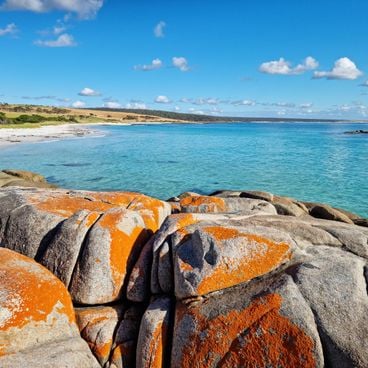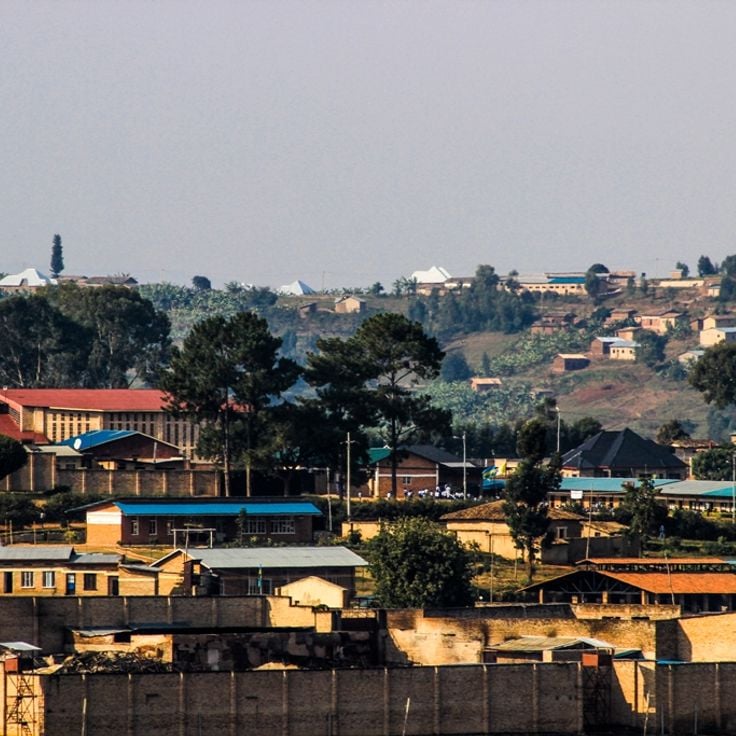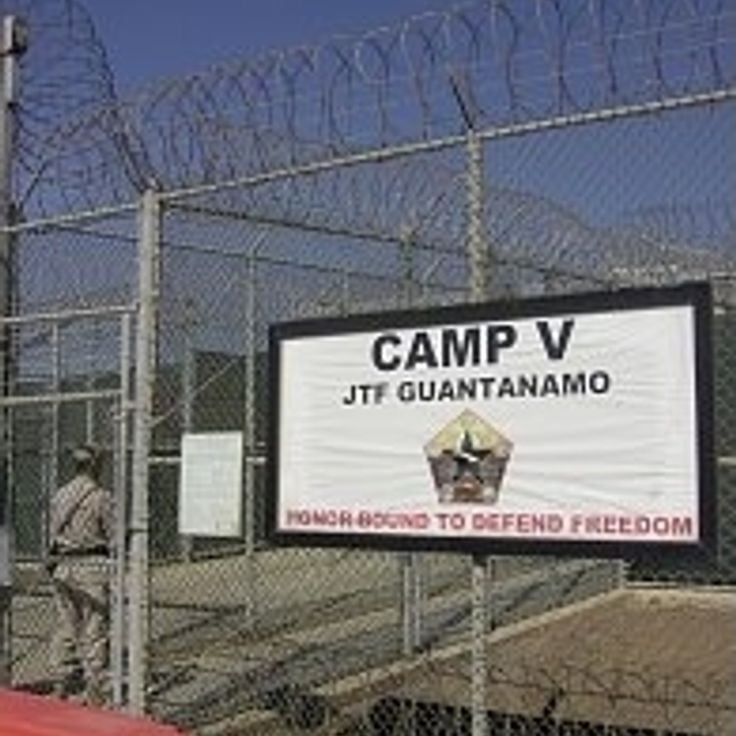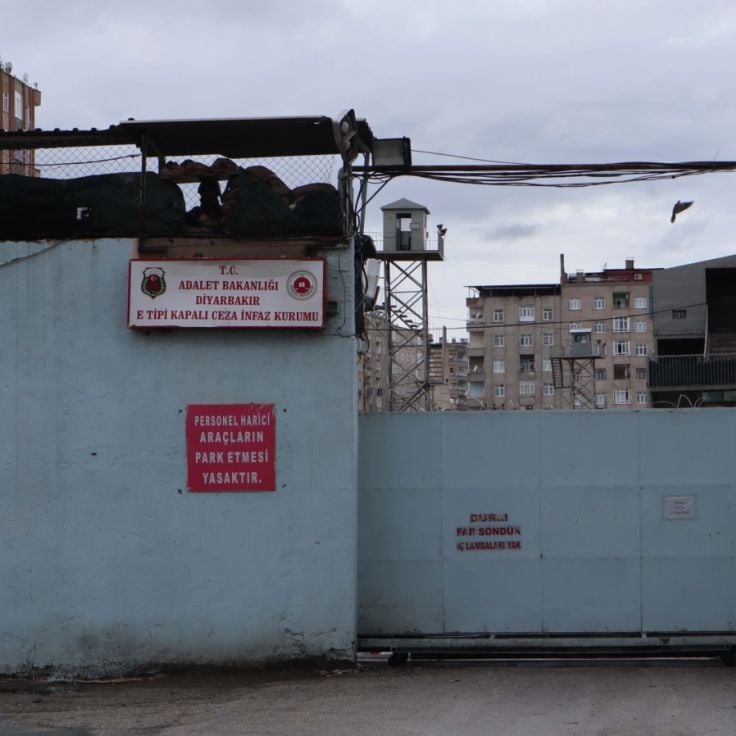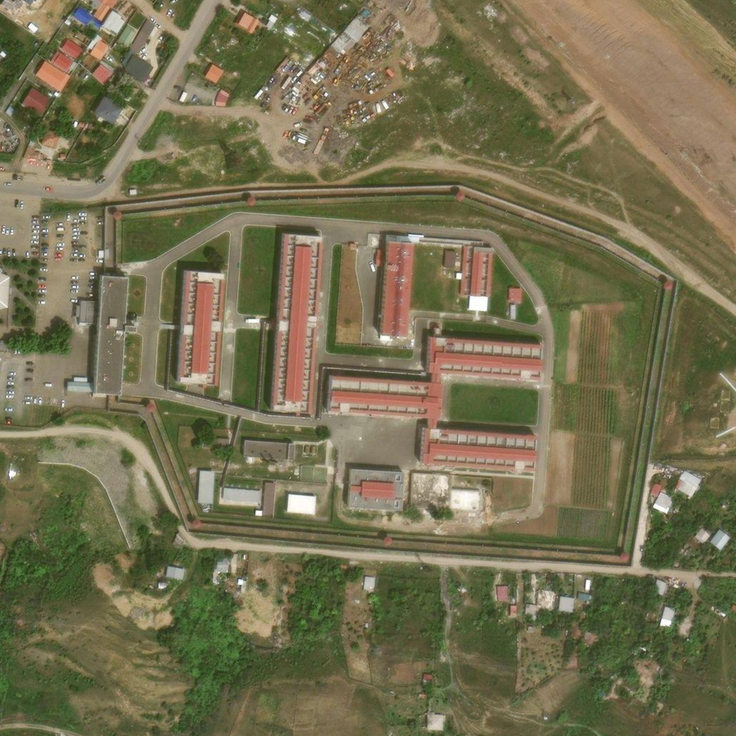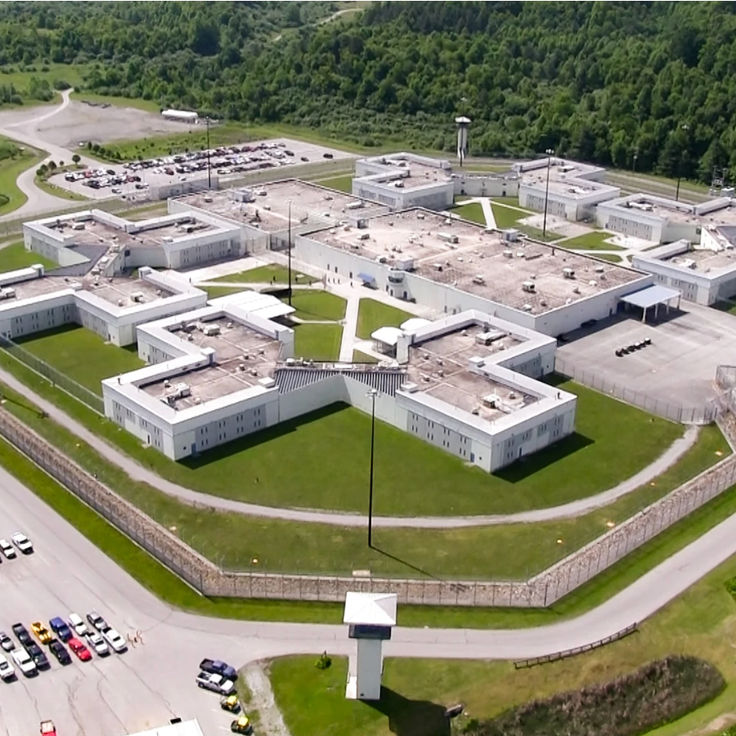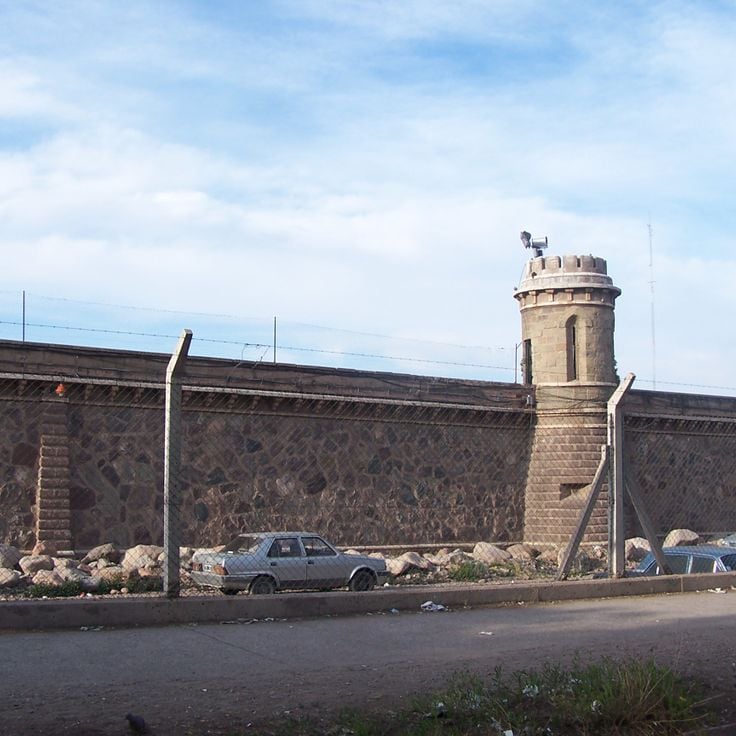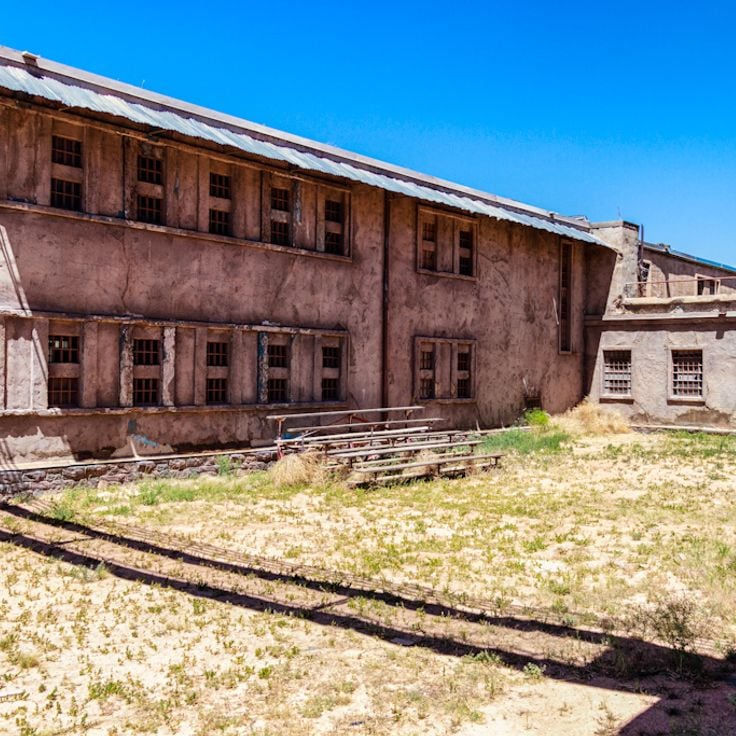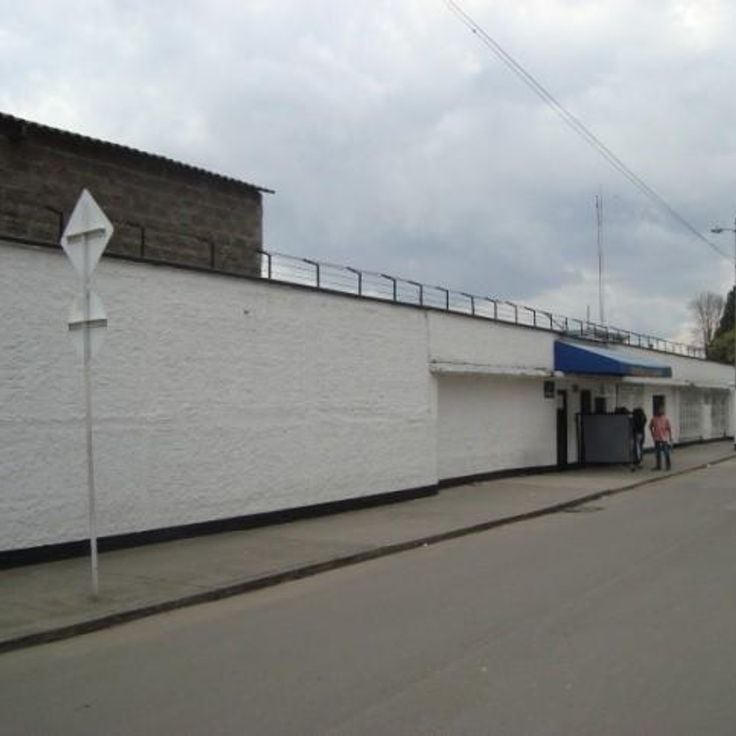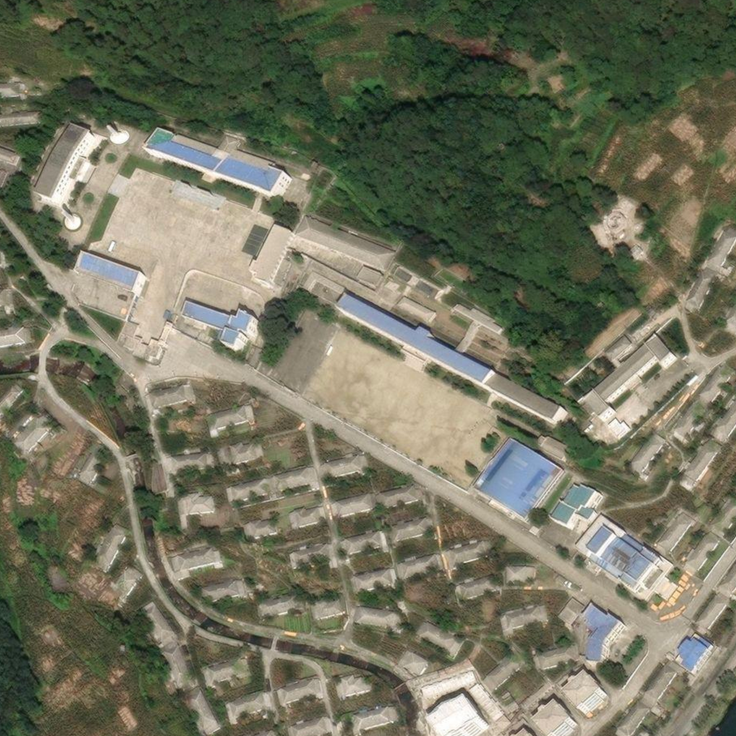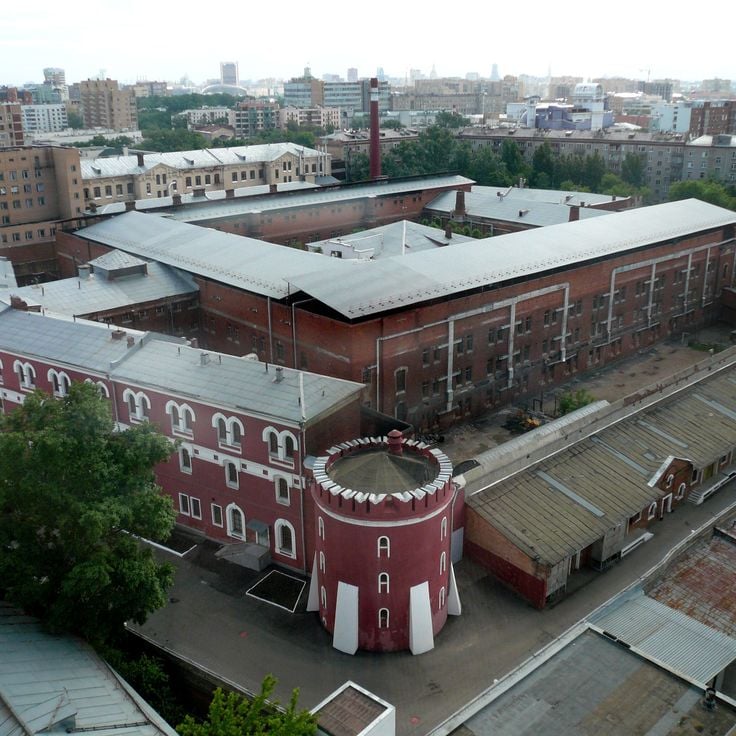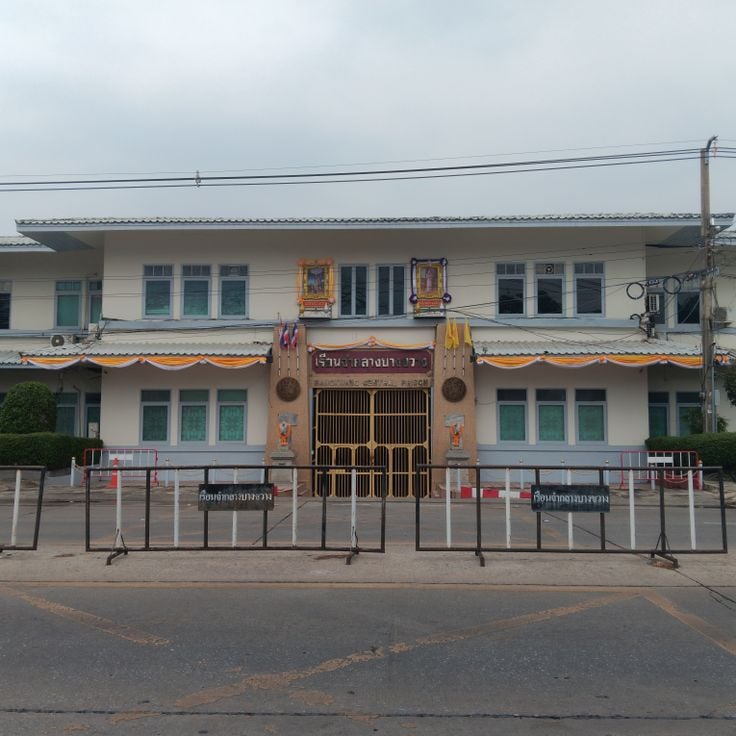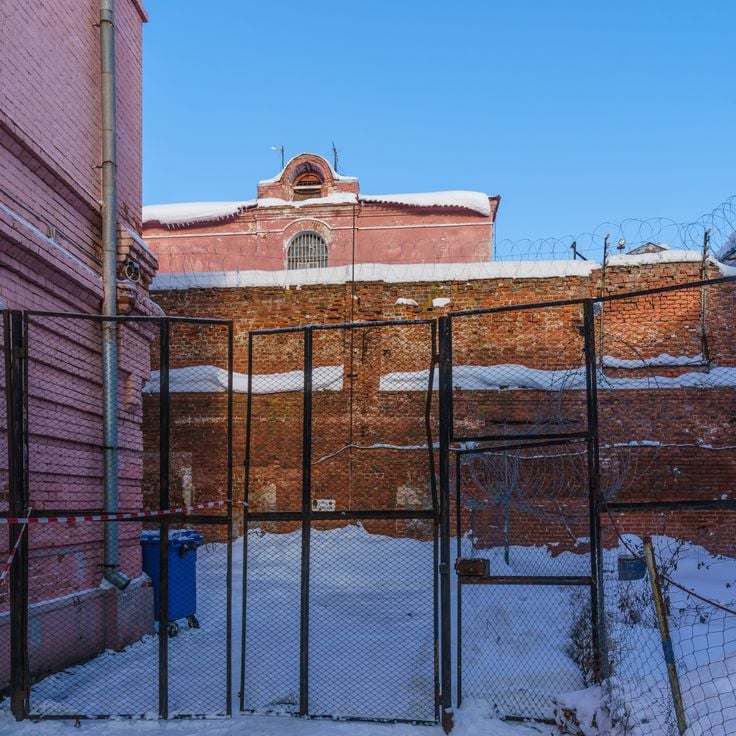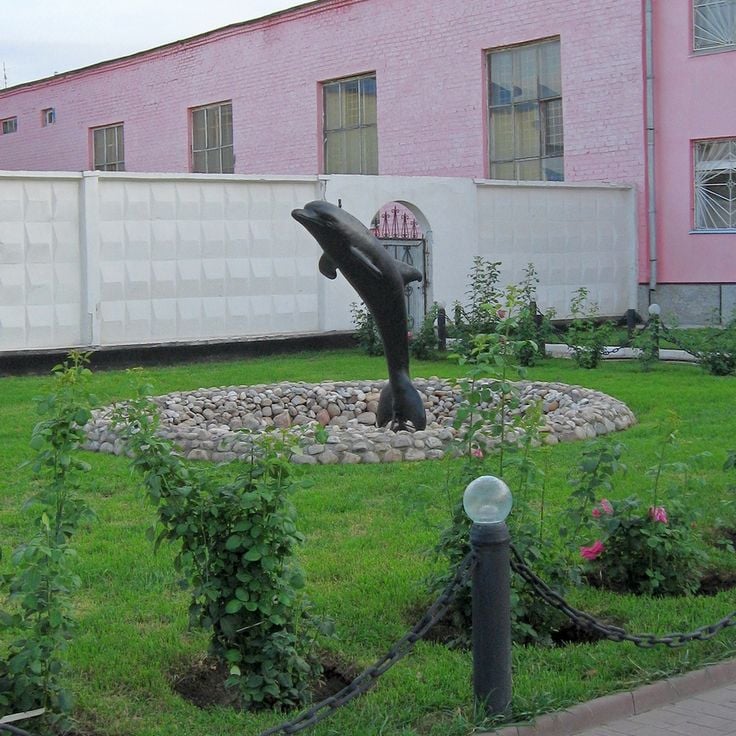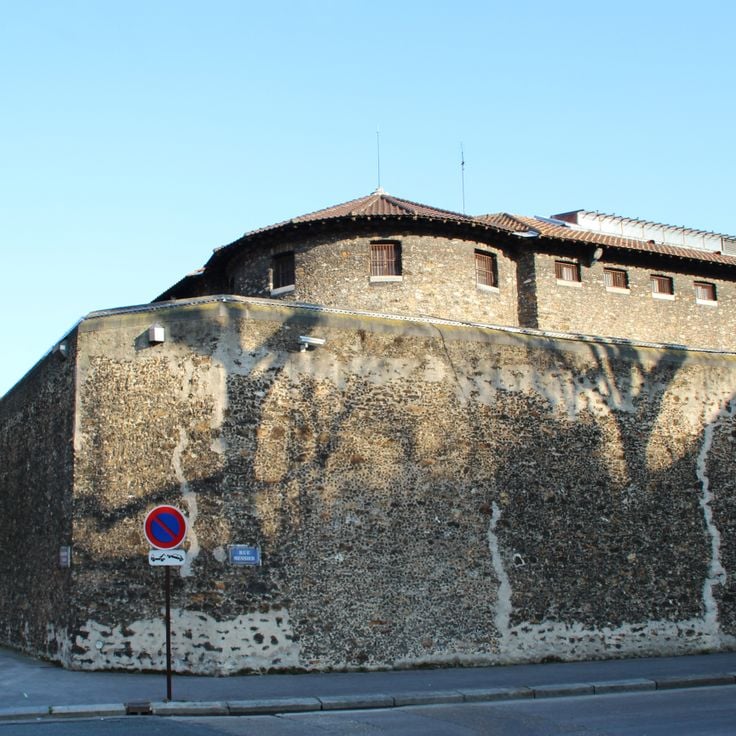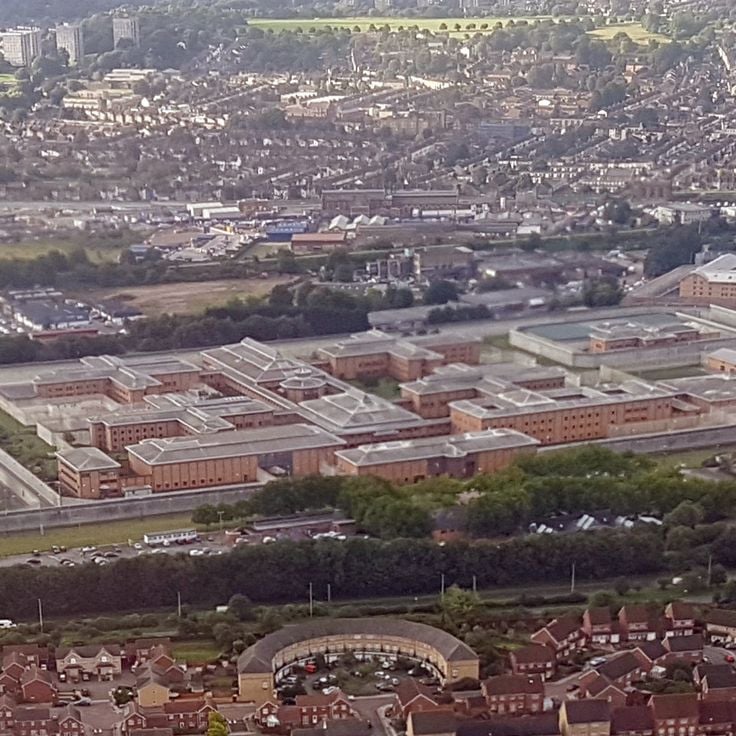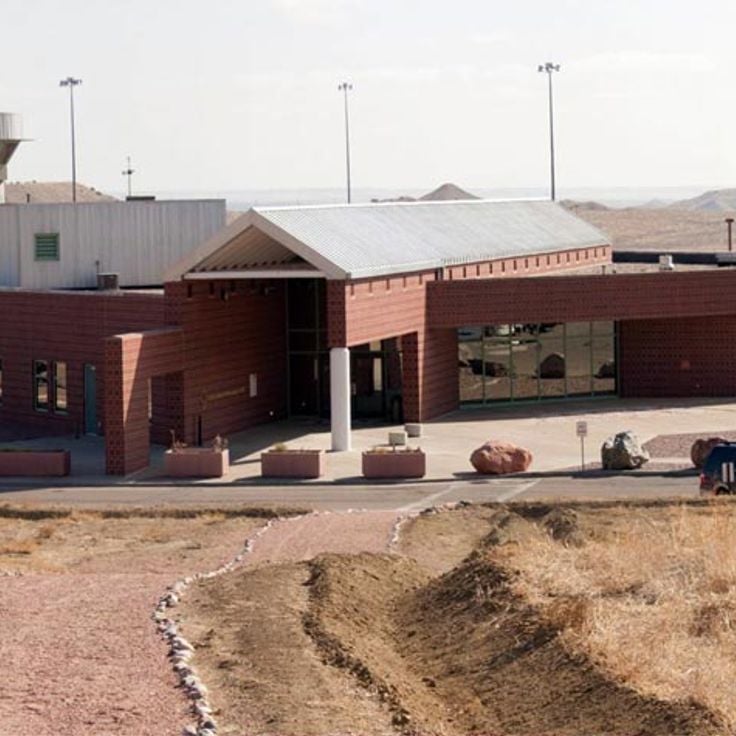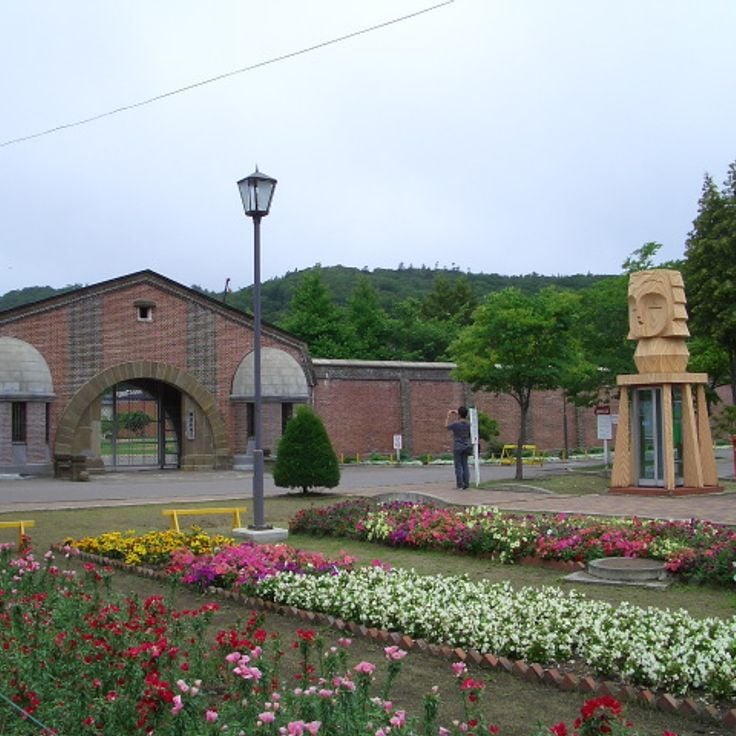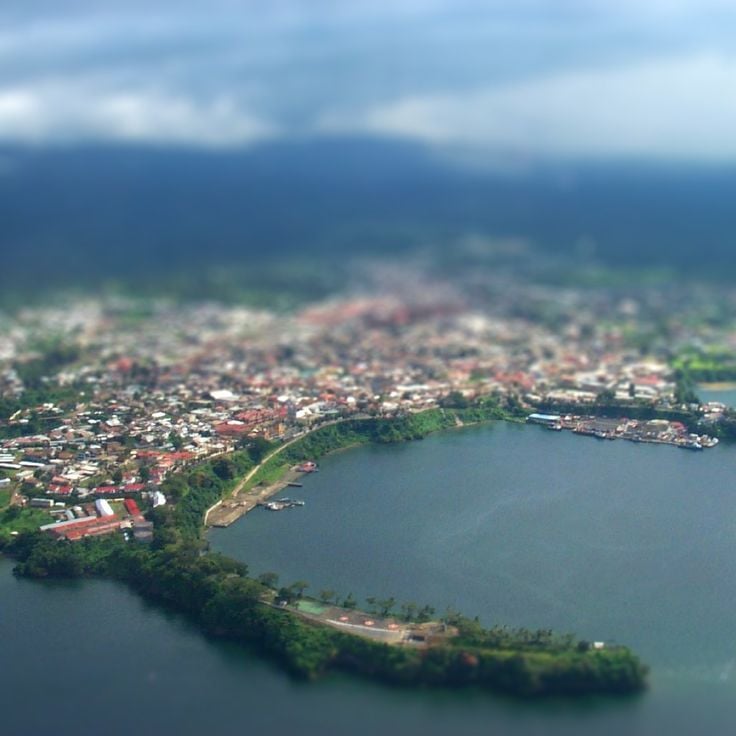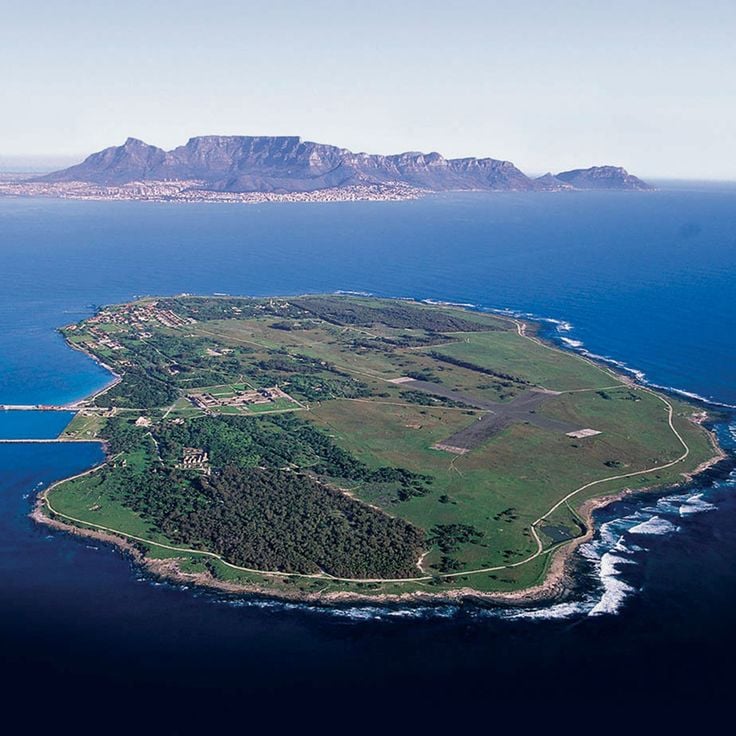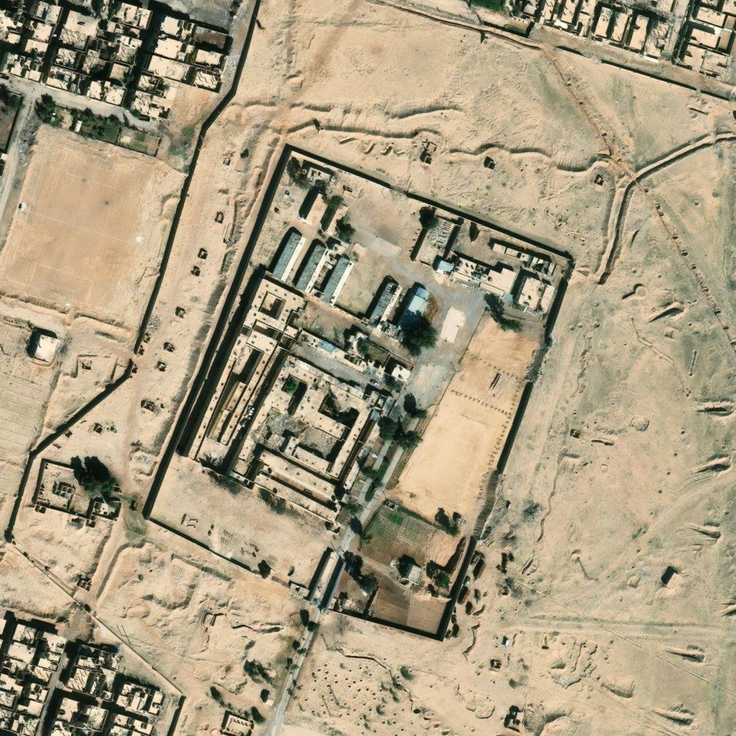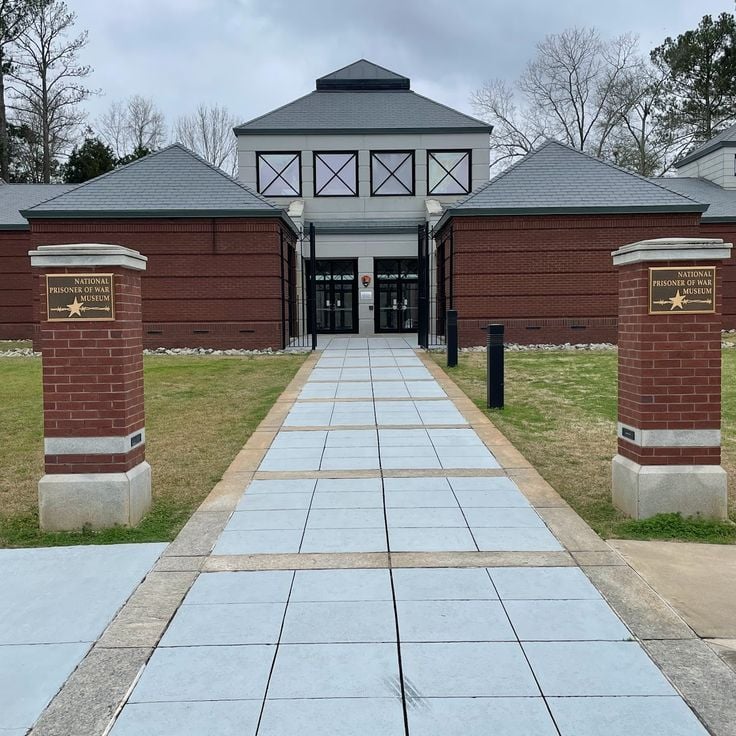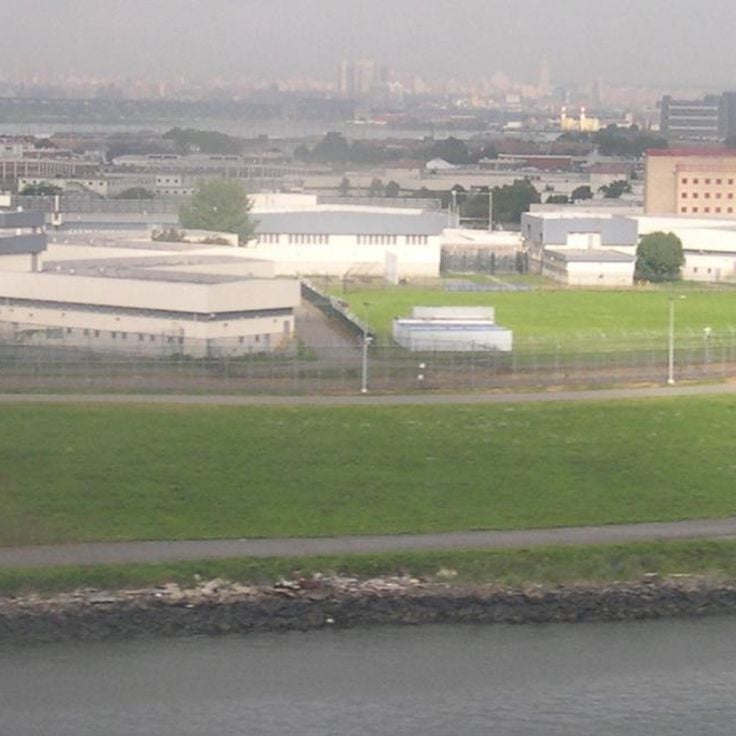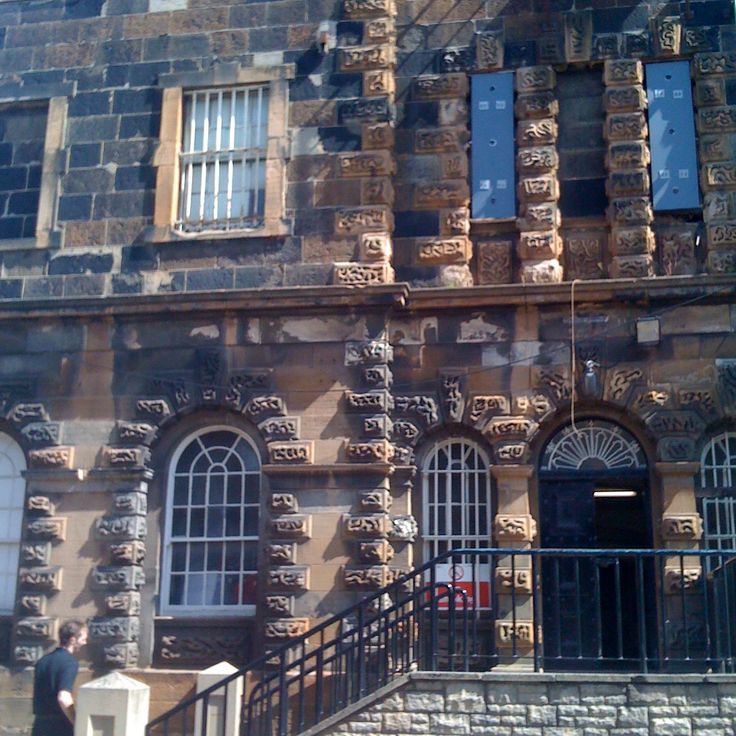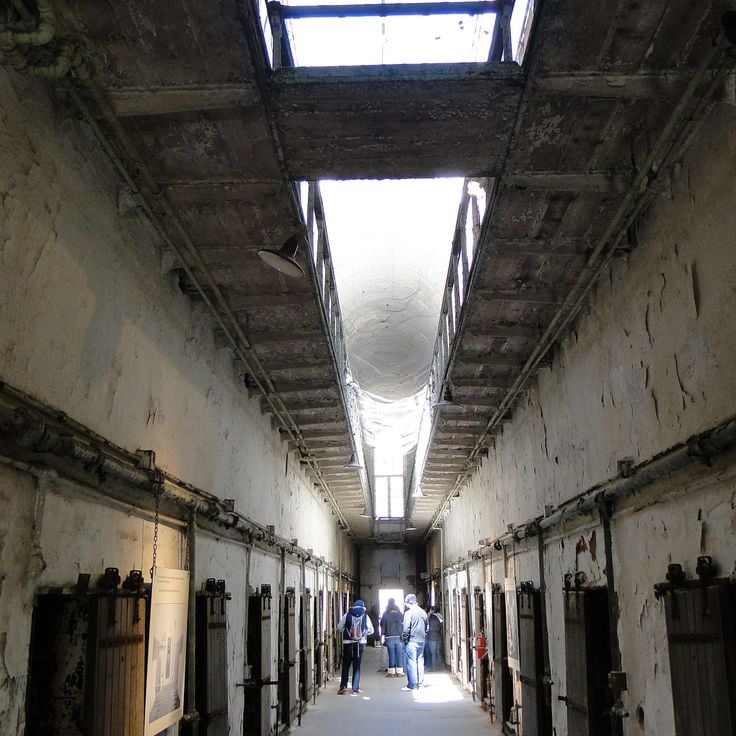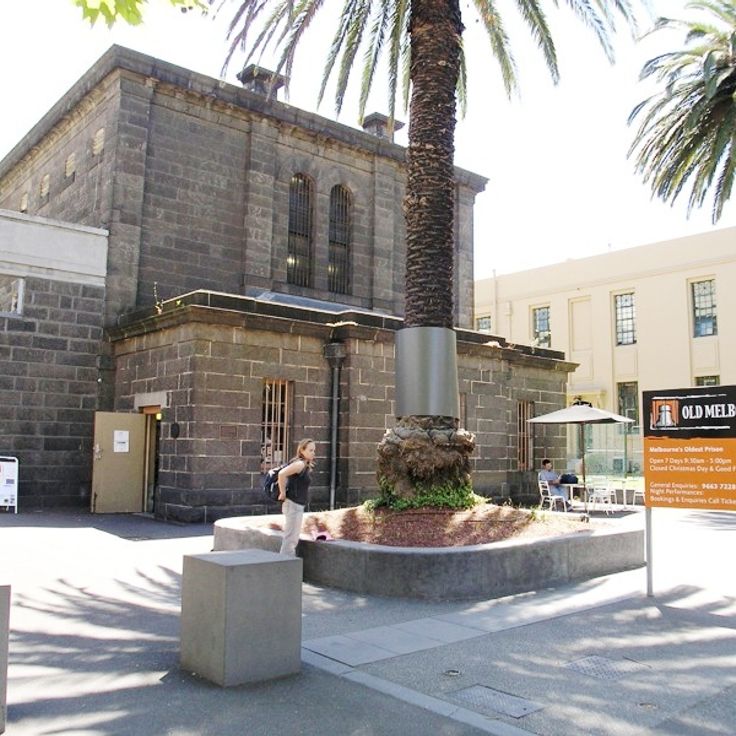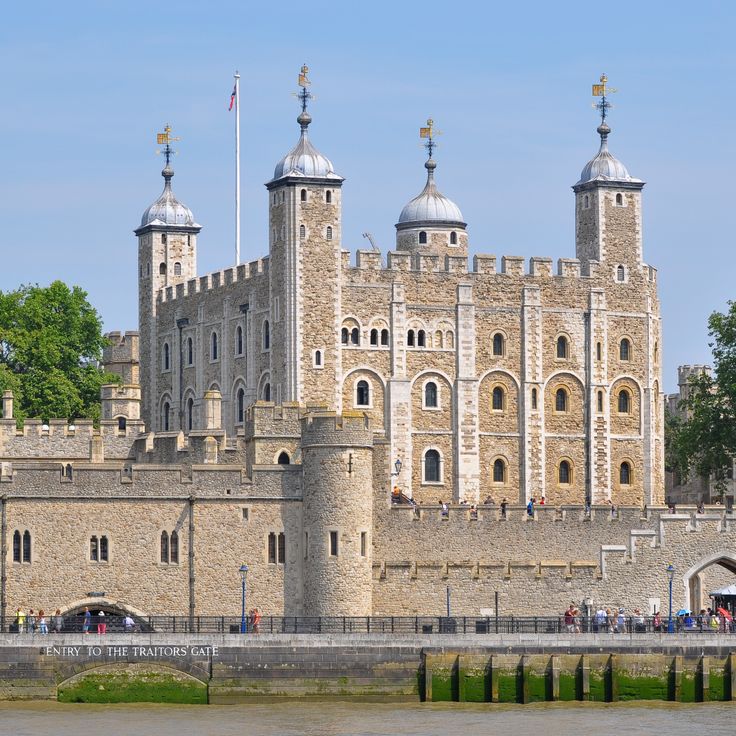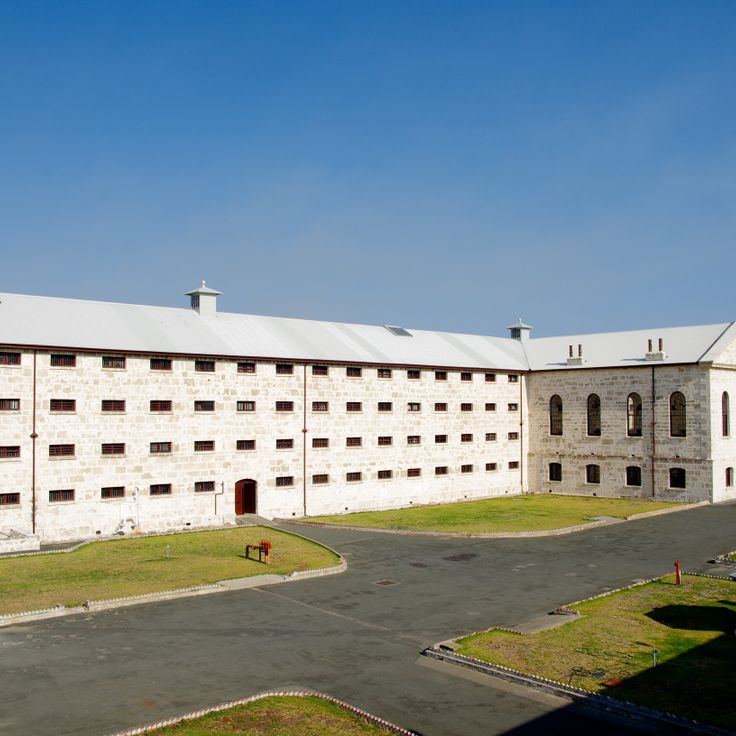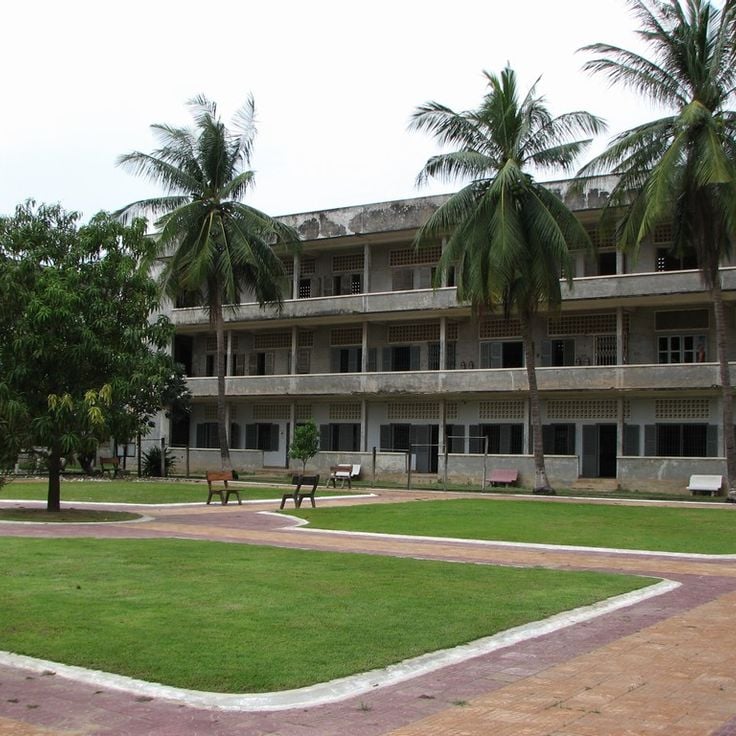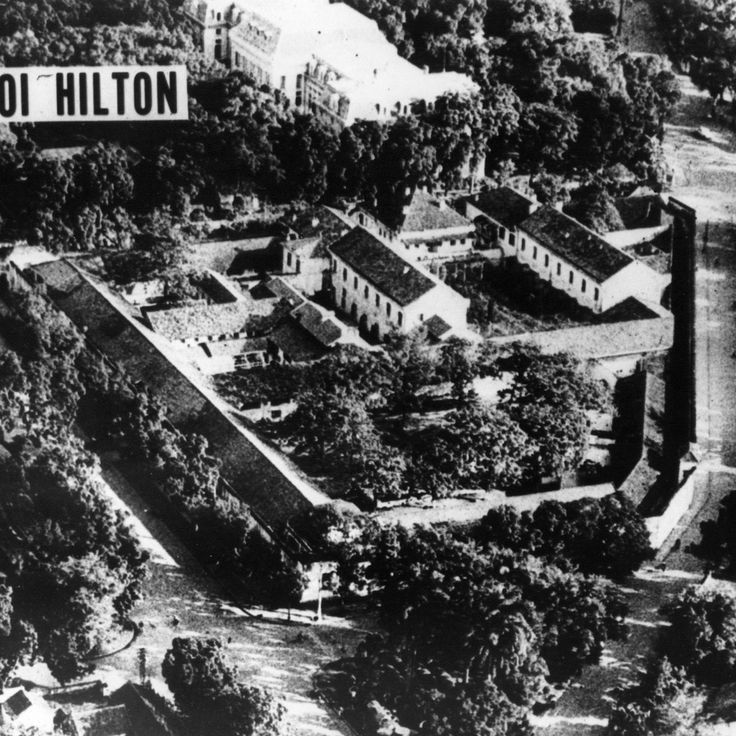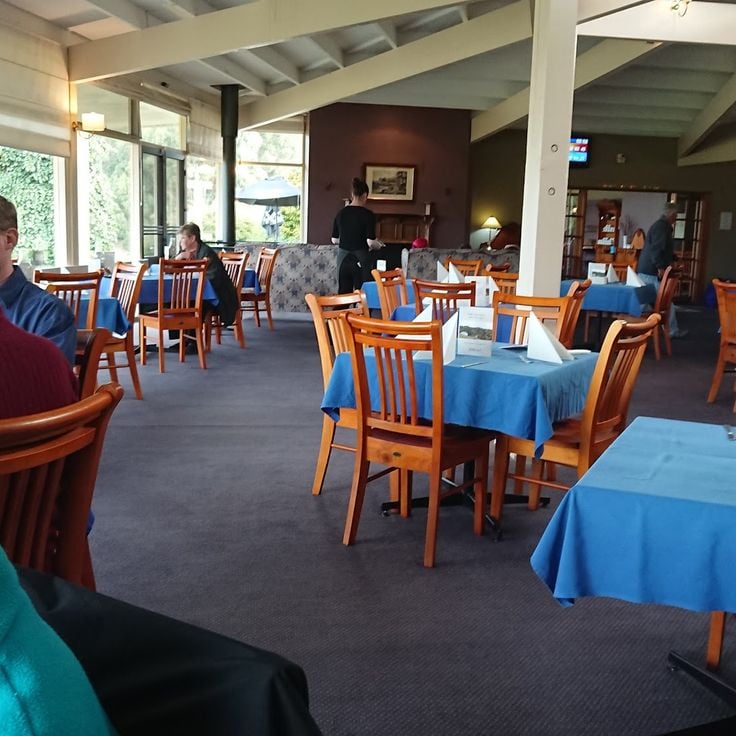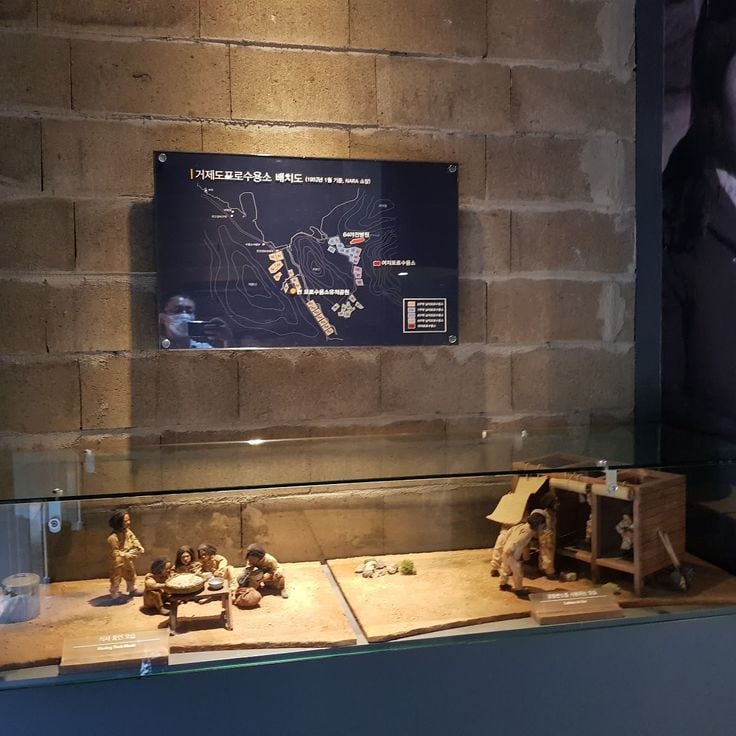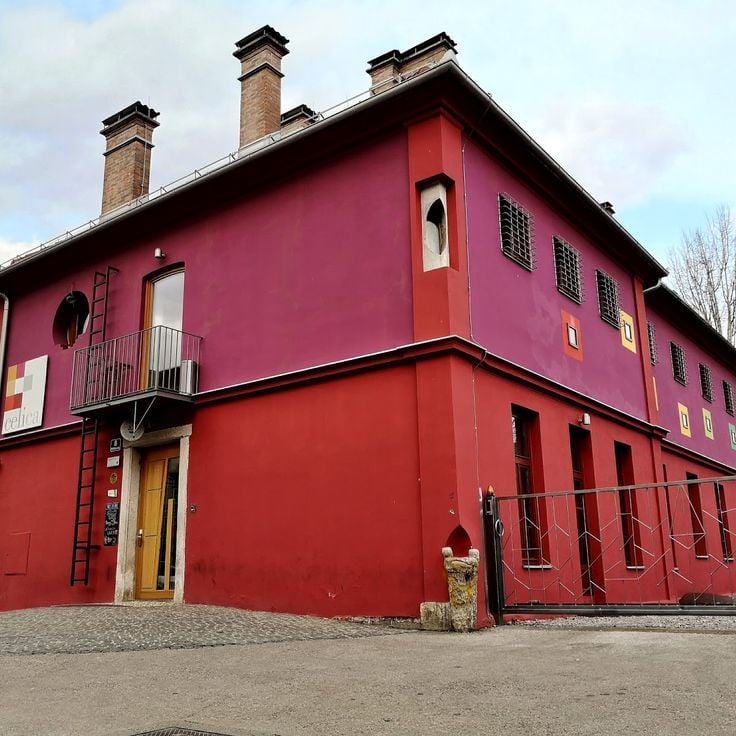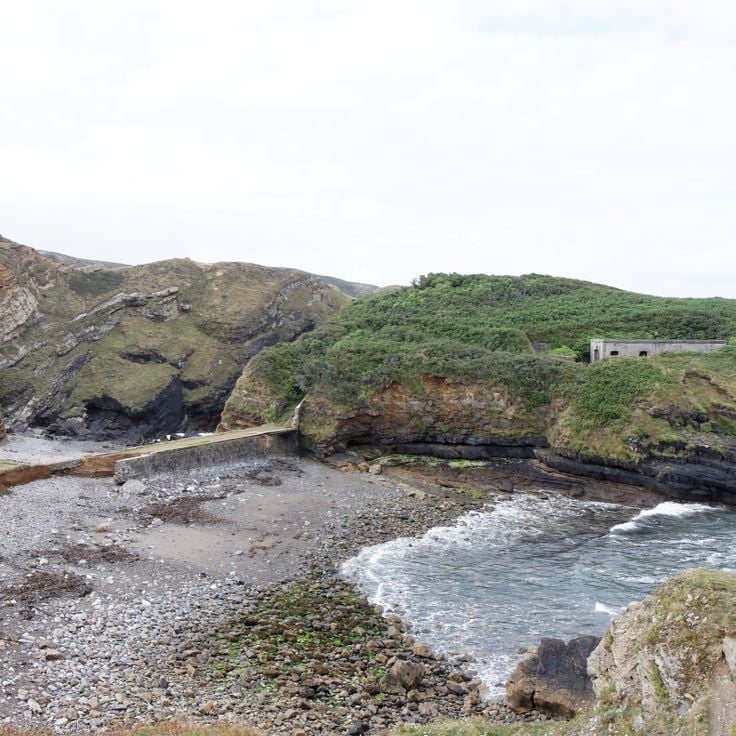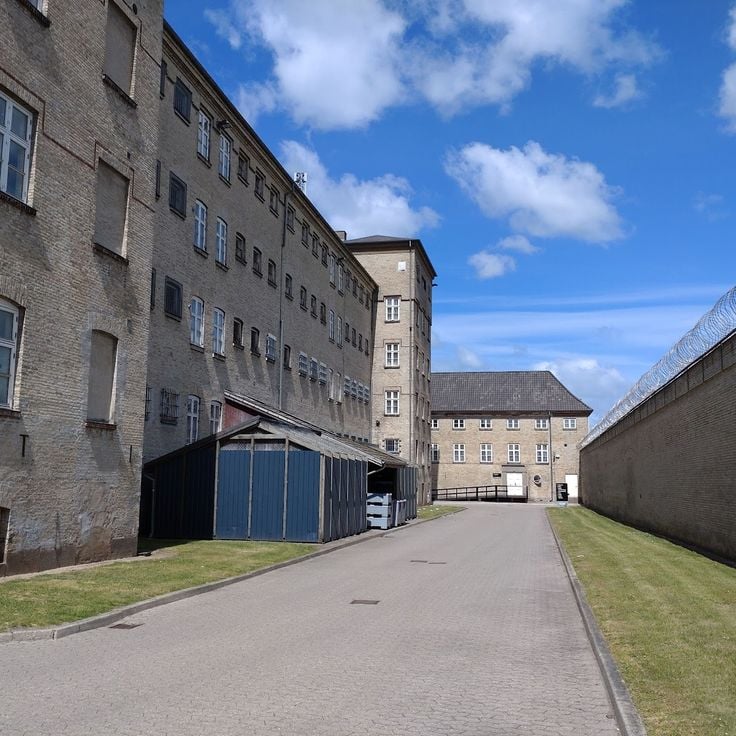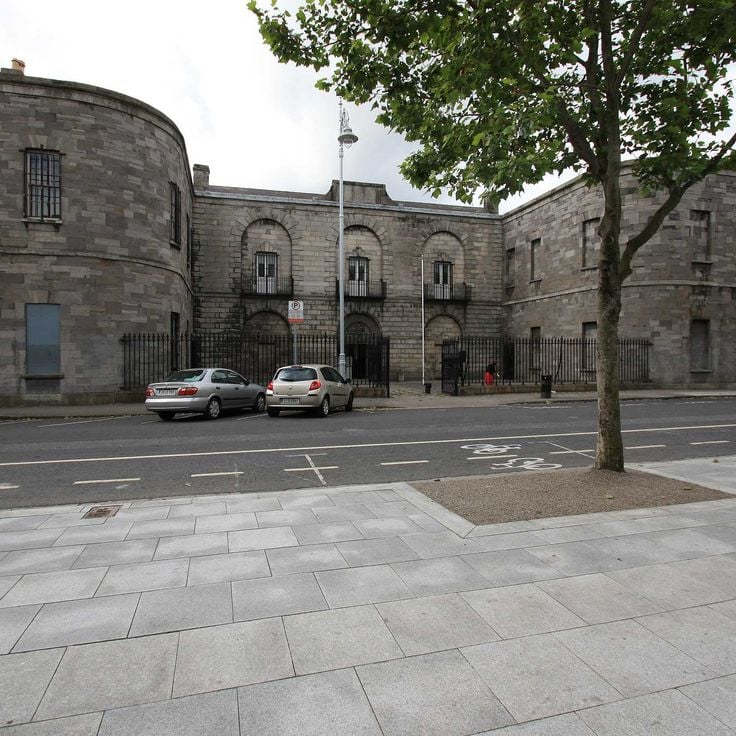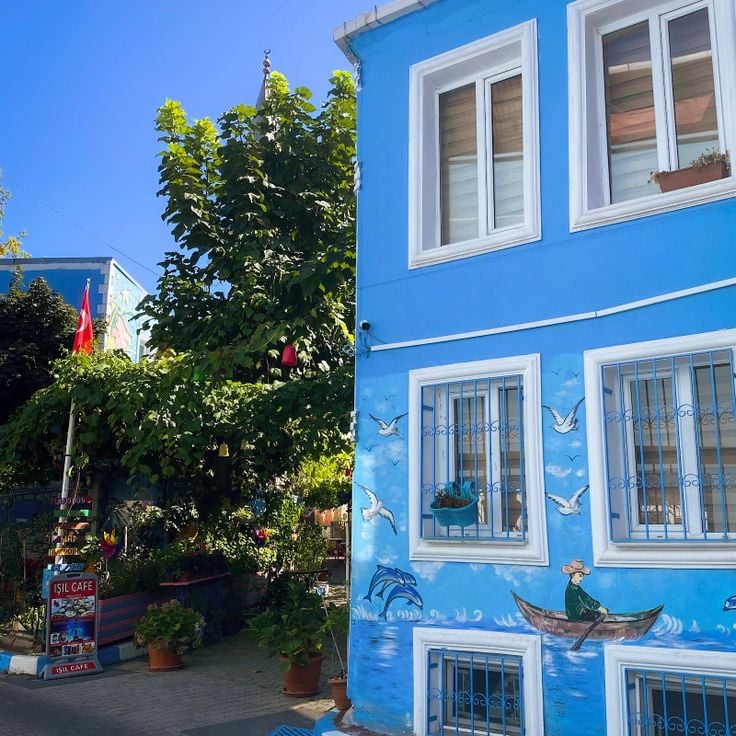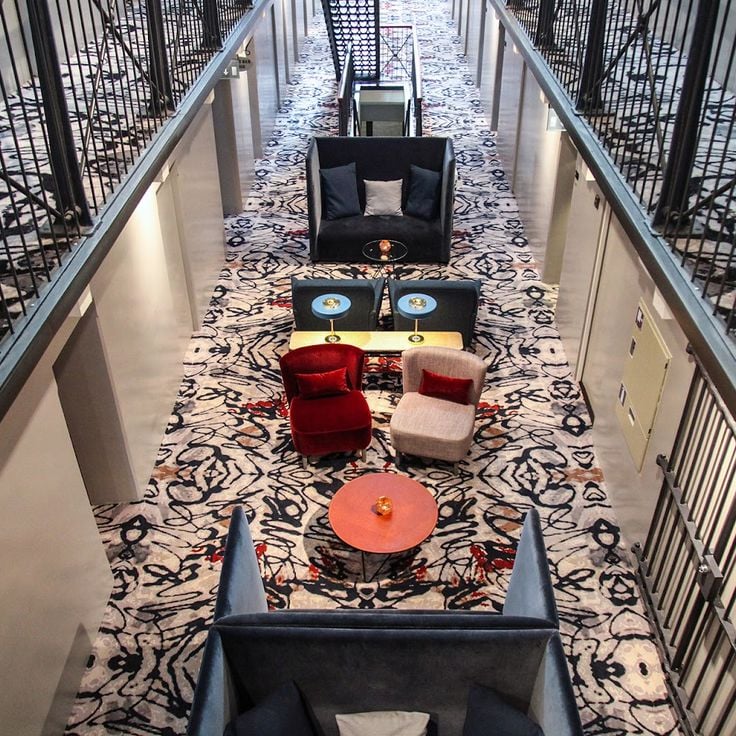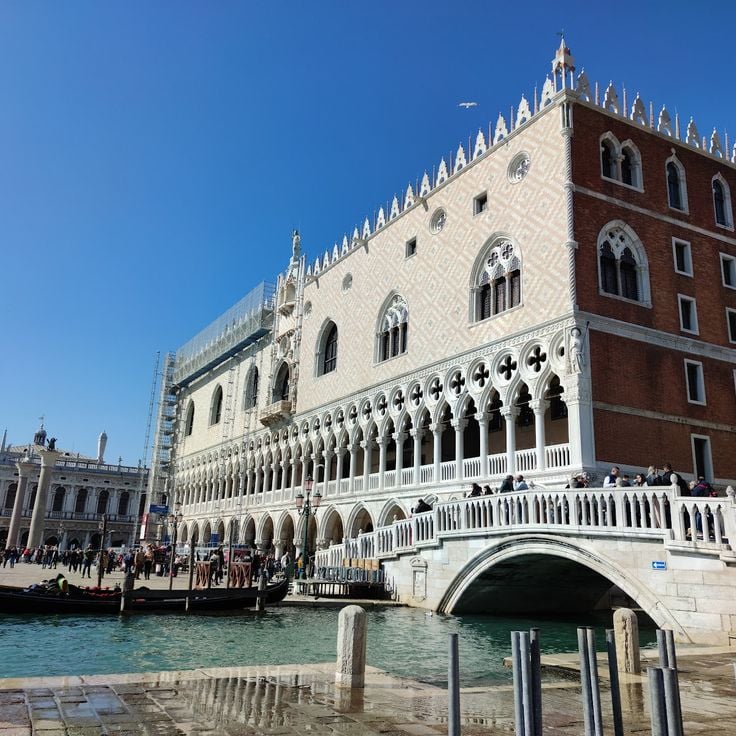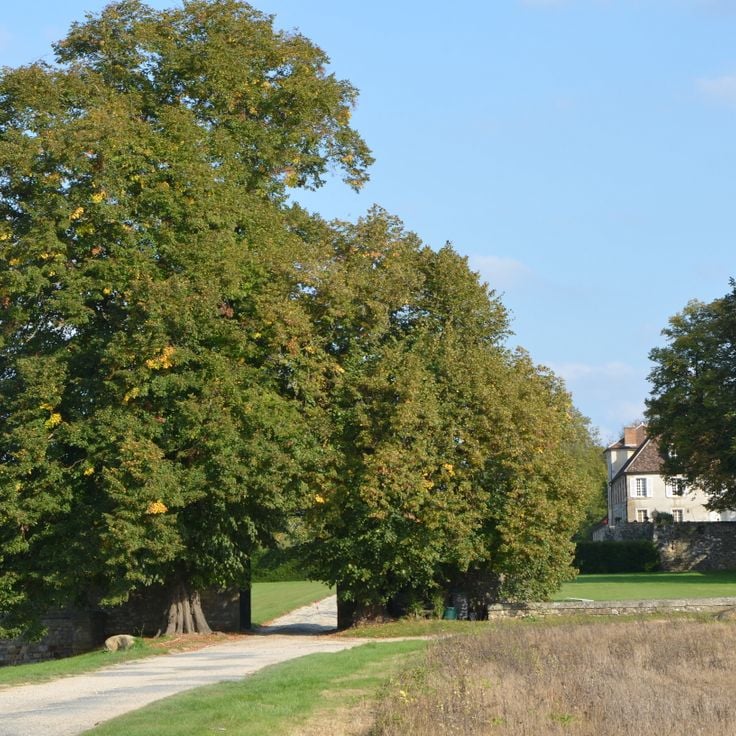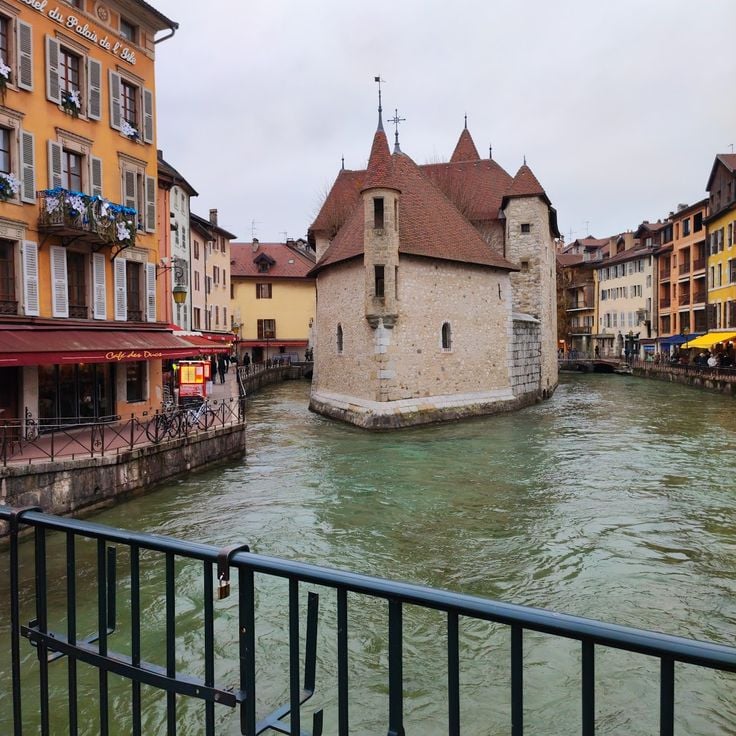This collection brings together penal institutions that have marked the history of incarceration worldwide through their architecture, detention conditions, or roles in major historical events. From the Guantanamo Bay naval base in Cuba, established in 2002 for holding individuals suspected of terrorism, to high-security facilities like Red Onion in Wise County, Virginia, these sites document the evolution of penal systems across continents. Among the institutions transformed into memorial sites, Diyarbakır Prison in Turkey stands out for its conversion into a cultural center and museum since 2019. Its 24 dormitories spread over two floors, its cells, and corridors allow visitors to explore this chapter of Turkish penal history. In Argentina, Mendoza Prison, built in the early 20th century, reflects the prison practices of that era and the development of the regional judicial system. Other facilities remain operational and raise questions about prisoners' rights and incarceration conditions. Gldani Prison in Tbilisi caused national protests in 2012 after images exposing systemic abuses were released, leading to major reforms in the Georgian penal system. Ciudad Barrios Prison in El Salvador continues to function as a correctional center in the eastern region of the country. These sites, spread across multiple continents, provide documented insights into penal practices in various political and social contexts. From Rwanda to North Korea, passing through Colombia and the United States, they help understand the evolution of judicial and correctional systems while raising current issues related to detention and rehabilitation.
The Muhanga prison is located in the Muhanga district of Rwanda, where it houses convicted inmates as well as detainees awaiting trial. This detention facility operates under the authority of the Rwandan correctional system and is managed by the national prison services administration. Muhanga prison is part of the country's network of detention centers, which have undergone significant changes since the 1990s, a period that profoundly altered the organization of Rwanda's judicial and penal systems. The facility meets the detention requirements of the central region of Rwanda.
Guantanamo Bay Prison was established in 2002 at a US naval base and serves as a detention facility for individuals suspected of terrorism. The facility is located on leased territory on the southeastern coast of Cuba. Since its opening, the facility has been internationally criticized for its detention conditions and legal practices. Despite repeated announcements by various US administrations to close the prison, it remains operational and holds detainees under military supervision.
Diyarbakır Prison is a former Turkish military detention facility that was established in 1980 in southeastern Turkey. The facility operated as a high-security institution during a turbulent period in the country's history and gained international attention for its harsh conditions and documented human rights violations. The prison contains 24 dormitories distributed across two floors and was designed to accommodate 744 inmates. Following its closure in 2019, Diyarbakır Prison has been converted into a cultural center and museum, preserving the cells, corridors, and detention areas that stand as testimony to this controversial chapter of Turkish penal history. Visitors can now tour the former detention blocks and learn about the facility's role during decades of political and social conflict in the region.
Ciudad Barrios prison is a detention facility located in San Miguel, El Salvador. This institution serves as a correctional center within the Salvadoran penal system. The prison operates in the eastern region of the country, housing inmates under various security classifications. Ciudad Barrios prison represents one of several correctional facilities that form part of El Salvador's incarceration infrastructure, functioning within the national framework for criminal justice and rehabilitation programs.
Gldani prison in Tbilisi gained international attention in 2012 when leaked footage exposed systematic abuse and torture of inmates, sparking nationwide protests and reforms in Georgia's penal system. This facility, which opened in 2006 as part of the country's prison modernization program, became the center of a scandal that led to investigations by human rights organizations and significant changes in prison management. The exposure of conditions at Gldani prison contributed to discussions about detention standards in post-Soviet states and remains a reference point in conversations about prison reform in Georgia.
Red Onion State Prison is a high-security detention center located in Wise County, Virginia, United States. This prison is part of the U.S. federal correctional system and is among the most restrictive facilities in the country. Red Onion State Prison houses inmates considered high risk and enforces strict security protocols. The facility has installations designed for long-term confinement, including individual cell blocks, limited recreation areas, and continuous surveillance systems. This institution reflects the evolution of the U.S. correctional system in managing high-level dangerous populations.
La Penitenciaría in Mendoza was constructed in the early 20th century and operated as a correctional facility in the Argentine province for several decades. This prison housed inmates under strict conditions and played a significant role in the regional justice system. The facility is no longer in operation as an active prison and stands as a testament to the historical development of the penal system in Argentina.
The New Mexico Penitentiary is a maximum security prison located in Santa Fe County, United States. This correctional facility is part of the institutions that have played a notable role in the history of the American penal system. The penitentiary exemplifies high-security detention facilities that operated for decades in the southwestern United States, and its history reflects the evolution of prison practices in North American territory.
La Modelo is a detention facility located in the Puente Aranda district of Bogotá, Colombia. This prison has played a notable role in the Colombian correctional system for several decades. The facility is situated in the country's capital, where it has housed many inmates throughout its history. La Modelo exemplifies South American detention facilities and reflects the evolution of Colombia's penal system during the 20th century.
The Kaechon Internment Camp is a penal colony located in South Pyongan Province. This facility operates as a political prison camp and houses detainees imprisoned for various offenses against the regime. The camp comprises multiple zones with varying security levels and is controlled by strict surveillance systems.
Butyrka prison was built in 1771 and stands as one of Moscow's oldest detention facilities. The institution in Tverskoy District served for centuries as a remand prison and transit station for prisoners heading to Siberia. The prison held political detainees during the Tsarist era and under Soviet rule. Originally designed to hold 2,000 inmates, the facility was at times overcrowded with more than 20,000 prisoners, resulting in severe living conditions.
Bang Kwang Central Prison is located on the Chao Phraya River north of Bangkok and serves as one of Thailand's most notorious detention facilities. This prison primarily houses inmates with lengthy sentences and those condemned to death. Built in the 1930s, Bang Kwang holds several thousand prisoners under strict security conditions and operates as a maximum security institution within the Thai corrections system.
Vladimir prison, located 190 kilometers east of Moscow, has been operating since 1783 as a high-security detention facility. During the Soviet era, this prison held political prisoners, including dissidents, intellectuals, and regime opponents. It was built under Catherine II's reign and features historical buildings from various periods of its operation. Conditions inside have been documented by former inmates and international human rights organizations. Today, the prison continues to function as a federal correctional facility, housing inmates serving long sentences for serious crimes.
The Black Dolphin Prison is a maximum-security detention facility located in Sol-Iletsk, Orenburg Region, Russia. This facility is part of the Russian federal correctional system and houses inmates serving long sentences. The Sol-Iletsk correctional complex enforces strict monitoring and control protocols, characteristic of the country's high-security institutions.
The Paris-La Santé Penitentiary Center is located in the 14th arrondissement of the French capital. This urban penitentiary is part of the French prisons that have played a role in the country's penal history. La Santé is one of the Paris detention centers where many prisoners have been held over the decades. This French prison continues to accommodate inmates and reflects the evolution of the penitentiary system in France since its founding in the 19th century.
Belmarsh high-security prison is located in Thamesmead, in southeast London, England. This British Category A prison houses inmates considered to pose a significant threat to public safety. Belmarsh prison has several specialized units and operates under strict confinement protocols. The facility has been part of the UK's prison system since its opening in 1991 and plays a key role in detaining high-risk prisoners within the United Kingdom.
Kamiti Maximum Security Prison is located on the outskirts of Nairobi and stands as Kenya's largest correctional facility. This institution was established in 1954 during British colonial rule and currently houses over 3,000 inmates, including convicted murderers and other serious offenders. The prison contains a separate death row section and has carried out several executions. The facility faces regular criticism from human rights organizations due to overcrowding, poor sanitary conditions, and reports of mistreatment of prisoners.
ADX Florence is a maximum-security federal prison located in Colorado, built in 1994 to house inmates considered the most dangerous in the American penal system. This federal facility enforces a strictly controlled detention regime, with solitary confinement cells designed to limit contact between inmates. The prison features enhanced surveillance measures and specific security protocols aimed at preventing escapes or unauthorized communication. ADX Florence houses convicts for terrorism, organized crimes, and serious offenses committed in other federal prisons, making it one of the most secure detention centers in the United States.
Abashiri Prison was established in 1890 in northern Hokkaido and served as a penal institution for political prisoners and serious criminals. The facility was known for its harsh conditions, with extremely cold winters and demanding labor requirements for road construction. Today, the historic site operates as a museum that documents Japanese correctional history and displays the original cells, watchtowers, and work areas.
Black Beach prison in Malabo is a high-security facility in Equatorial Guinea. This detention center houses inmates serving long sentences and is located in the country's capital. Black Beach is one of the detention centers that illustrate African prison systems and their incarceration conditions. The prison is named after the black volcanic sand beach nearby its walls.
Robben Island operated as a prison from 1961 to 1996, where Nelson Mandela was detained for 18 years. The island now houses a museum and research center dedicated to apartheid history.
Tadmor Prison was a Syrian military detention facility located in the desert near the ancient city of Palmyra. The institution operated from 1930 to 2015 and served as a place of incarceration for political prisoners and suspected opponents of the regime. The prison was completely destroyed by explosives during the Syrian civil war.
Camp Sumter was a Confederate prison that operated during the American Civil War from 1864 to 1865. This facility covered 67,000 square meters and held up to 45,000 Union soldiers under extremely harsh conditions.
Rikers Island Prison is a 167-hectare penitentiary complex located on an island in the East River between Queens and the Bronx. The facility houses approximately 10,000 inmates across ten separate jails and employs around 9,000 correctional officers.
Crumlin Road Prison is a Victorian penitentiary facility built in 1845 and operational until 1996. The building features four cell wings arranged in a cross shape, designed according to the panopticon principle.
The Château d'If is a 16th-century military fortress that was later converted into a state prison. The prison cells of this facility are carved directly into the rock of an island in the Mediterranean Sea. This fortress gained worldwide fame through Alexandre Dumas' novel "The Count of Monte Cristo".
The Eastern State Penitentiary was established in 1829 as a penal institution based on the Pennsylvania system of solitary confinement. The radial architecture of this facility influenced the design of numerous prisons worldwide and established new standards in corrections during the 19th century.
The Old Melbourne Gaol was constructed in 1845 and operated until 1929. The three-storey bluestone building contains 136 individual cells with small windows and heavy iron doors. The complex includes a courtyard where 135 executions were carried out, including that of bushranger Ned Kelly in 1880. This facility served as a remand prison and housed both male and female prisoners.
The Tower of London is a medieval fortress that served as a state prison from the 12th to the 20th century. The complex includes several towers containing prison cells and rooms where interrogations and torture took place.
Alcatraz was a federal prison that operated from 1934 to 1963 on an island in San Francisco Bay. Inmates were confined in individual cells measuring 2.7 meters in length. This prison housed some of the most dangerous criminals in the United States and was considered escape-proof due to its location in the cold waters of the bay.
Fremantle Prison is a correctional facility constructed by convict labor between 1851 and 1859, operating until 1991. The complex preserves its colonial architecture with multi-story cell blocks, administrative buildings, chapel, and limestone perimeter walls. The facility served as a maximum security prison for over 140 years.
Elmina Castle is a fortress built in 1482 by the Portuguese on the coast of Ghana. The structure served for over three centuries as a prison and transit point for the transatlantic slave trade. Thousands of enslaved Africans were held in its dungeons before being loaded onto ships.
The House of Slaves is an 18th-century colonial building that served as a holding facility and prison for enslaved people before their forced deportation to the Americas. This building documents the history of the transatlantic slave trade and now serves as a memorial site dedicated to the victims of this period.
The Tuol Sleng Genocide Museum served as the S-21 detention center operated by the Khmer Rouge between 1975 and 1979. This former high school was converted into a prison where more than 17,000 people were detained, interrogated, tortured and executed during the Cambodian genocide. The museum now preserves evidence of the atrocities committed under the Pol Pot regime.
Hỏa Lò Prison was built in 1896 by the French colonial administration in Hanoi. The facility originally served to incarcerate Vietnamese political prisoners during French rule. During the Vietnam War, the North Vietnamese government used the prison to house American prisoners of war, who ironically nicknamed it the "Hanoi Hilton". Today, part of the building operates as a museum documenting the history of detention conditions under French colonial rule and during the war.
Port Arthur was a penal colony established in 1833 to house British repeat offenders transported to Australia. Inmates were put to work in coal mines and shipyards on the isolated Tasman Peninsula. The remote location and surrounding waters made escape attempts extremely difficult.
Oxford Prison is a penitentiary building constructed in the 19th century with Victorian architecture, featured in this collection documenting penal institutions that have shaped incarceration history. This facility closed in 1996 and now operates as a hotel with 95 rooms, preserving its original architectural character.
The Geoje-do Prison was built in 1951 during the Korean War. This detention center held more than 170,000 Chinese and North Korean prisoners of war until 1953. The facility served as one of the largest internment camps for enemy combatants during the conflict.
Colditz Castle is an 11th-century fortress that served as a high-security prisoner-of-war camp for Allied officers during World War II. The facility became the detention site for prisoners who had already attempted to escape from other camps.
Con Son Prison was established in 1862 by the French colonial administration on the island of the same name. During the Vietnam War, American and South Vietnamese forces operated this detention facility until 1975 to hold political prisoners. The compound consists of multiple buildings with individual cells and communal areas.
Hostel Celica occupies a former military prison constructed in 1882 and closed in 1991. The building now operates as accommodation where 80 artists from different countries have transformed the former cells into individually decorated rooms.
Devil's Island covers 14 hectares off the coast of French Guiana and operated as a colonial penal settlement from 1852 to 1953. The island gained international recognition through the exile of Alfred Dreyfus during the Dreyfus Affair. This remote rocky island formed part of the French penal colony system known for its harsh detention conditions.
Horsens Prison was built in 1853 and operated for 153 years before closing in 2006. The building has been converted into a museum documenting Danish penal history. Visitors can explore the cells, common areas, and work spaces where inmates were housed. The museum displays exhibitions about daily life for prisoners, detention conditions, and the evolution of the justice system in Denmark.
This prison opened in 1796 and served as a detention facility for numerous Irish rebels. The leaders of the Easter Rising of 1916 were imprisoned and executed here. The prison closed in 1924 and now operates as a museum documenting the history of the Irish independence movement.
The Castle San Juan de Ulúa was built in the 16th century as a military fortress and later converted into a Spanish colonial prison. Inmates suffered under difficult conditions, particularly from the high humidity and tropical heat, which made life in the facility especially harsh.
The Sultanahmet Prison was built in the 19th century in Istanbul's historic center and operated as a detention facility until 1969. Following extensive renovation work, the building was converted into a hotel in 1996, preserving parts of the original prison architecture.
The Cayenne Penal Colony was a French prison complex from the colonial era where inmates performed forced labor. This facility consisted of several detention camps distributed across the territory of French Guiana.
The Katajanokka Hotel was built in 1837 as a prison and converted into accommodation in 2007. The original prison cells were redesigned as hotel rooms, preserving the historical stone walls and structural elements. The building combines its history as a correctional facility with modern hotel infrastructure.
The prison cells of the Doge's Palace are connected to the interrogation rooms through the Bridge of Sighs. Convicted prisoners crossed this enclosed limestone bridge on their way from the courtrooms to the detention cells where they would serve their sentences.
Castle Sant'Angelo is a 2nd-century fortress that served as a papal prison. The cells are located on the lower floors, while torture rooms occupied the basement level. Originally built as a mausoleum for Emperor Hadrian, the structure was converted into a papal fortress and prison during the medieval period.
The Palace of the Island is a 12th-century building constructed on a natural island in the Thiou canal. This structure served as a prison from the Middle Ages until 1865 and simultaneously housed the courtroom of Annecy.
Similar collections
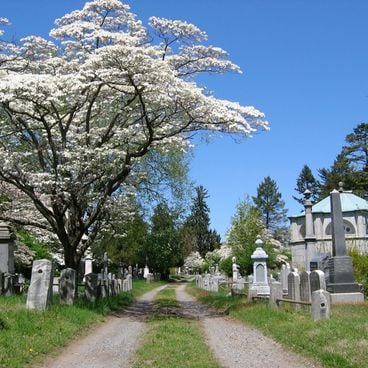
Spooky places: Halloween, ghost hunting, ghost stories
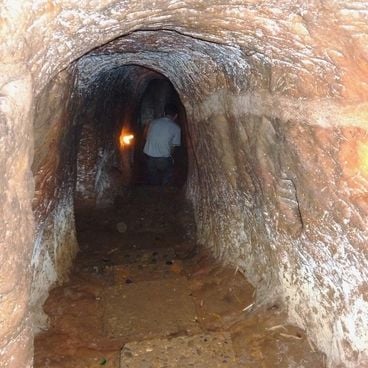
Military and prison sites of the Vietnam war

Explore Northern Ireland amidst Celtic legends, castles, and volcanic landscapes
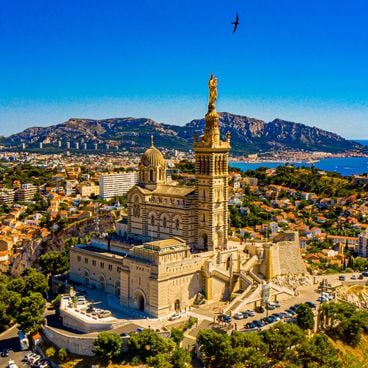
Local destinations in Marseille
